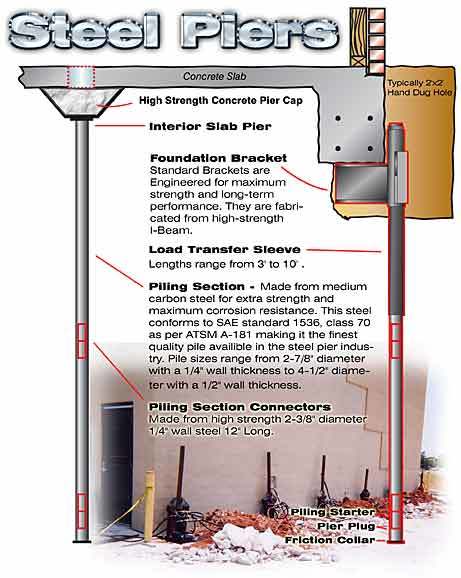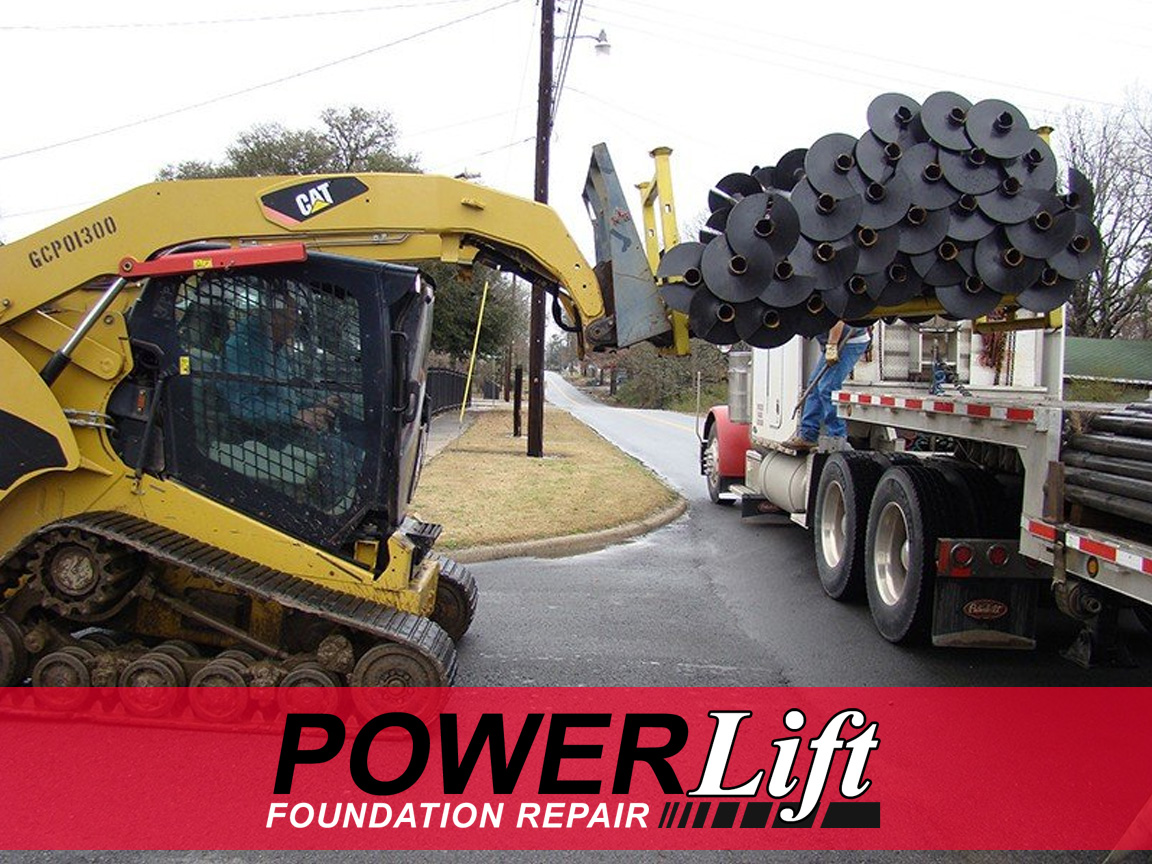Powerlift Foundation Repair for Dummies
Powerlift Foundation Repair for Dummies
Blog Article
The Single Strategy To Use For Powerlift Foundation Repair
Table of ContentsThe Buzz on Powerlift Foundation RepairThe Basic Principles Of Powerlift Foundation Repair 6 Easy Facts About Powerlift Foundation Repair DescribedA Biased View of Powerlift Foundation Repair

The structure is just one of one of the most vital facets of a residential property. A sinking structure can jeopardize the structural stability of your home, causing unsafe living conditions and costly home repairs. As a property owner, it is essential to be familiar with cautioning indicators, prevention strategies, and structure repair work methods. This will assist you act swiftly and purposefully if and when structure damage is uncovered.
We'll additionally direct how to repair a sinking foundation and the costs associated with different foundation repairs. Home owners should recognize that minor foundation changes are to be expected. As time passes, residential or commercial properties clear up into the ground triggering their structures to shift somewhat. Problems develop when a home's structure changes also frequently or quickly, such as after a quake.
A sinking structure can be triggered by modifications to the soil beneath the home, as a result of factors such as severe climate, erosion, or poor drain. Excessive descending pressure concentrated in one area of the home could additionally result in the home's foundation flexing internal. This creates the home to show up as if it is sinking in the middle.
A Biased View of Powerlift Foundation Repair
A moving foundation isn't as worrying. The dirt under your home's foundation normally moves over time, triggering some degree of breakage to your structure settlement.
The key to maintaining your home risk-free and foundation repair expenses low is to find structure damages as early as possible. There are 6 warnings every property owner can watch out for. Some indicators of foundation damage are obvious, while others are more silent. Think about a few of the most typical warning indicators of foundation problems listed below.
It's a natural occurrence and not usually a reason for issue. As time passes, small negotiation movements can trigger vertical hairline fractures that are barely visible along your home's outside and interior walls. These minor splits are to be expected and minimally problematic. Straight fractures, on the other hand, posture a greater danger concrete block walls should not be cracking in multiple places.

The Only Guide for Powerlift Foundation Repair
Not all homeowners understand that structure damage can easily be identified in the cooking area. While bouncing floorboards and wall surface fractures are two of the a lot more evident indications, uneven cupboards, and dislodged counters are additionally signs of a crumbling foundation.
Similar to cupboards and countertops, foundation changes can create doors to separate from their original settings. You may discover these events during the warmer months, offered that increased humidity degrees frequently trigger wood frameworks to shift.
Lastly, another indicator of structure damage is running into pipes and water drainage concerns. A sinking structure can pinch pipes, creating proper drainage and circulation issues throughout the residential or commercial property. Additionally, you might see water pool around the home, especially around unequal floorings. It can show that the wood panels on top of your home's structure are beginning to rot or are decayed.
If you see any one of the caution indications noted above, connect to a foundation expert to establish the next actions. Sinking structures call for special tools and sector understanding to take care of. Only accredited structure specialists can recognize precisely where your structure is sinking, the degree of the damages to your home, and how to repair it.
Rumored Buzz on Powerlift Foundation Repair
The grout combination floats into the correct position and, consequently, levels the home. While mud jacking is a less expensive alternative to cellar support, it's not a permanent option to structure damage. You'll require to continue maintaining your home's structure as it settles. Mud jacking prices between $500 and $1,800 to finish.
Some foundation damage is an outcome of incorrect drainage and dampness accumulation within a crawl space (https://allmyfaves.com/powerliftfr?tab=Powerlift%20Foundation%20Repair). In this instance, you might benefit extra from sealing your structure than leveling it. Foundation sealing entails waterproofing your foundation to stop mold and mildew and mold growth under your home. This strategy sets you back anywhere between $2,300 and $7,575 to carry out.

Do you have structure problems? In every facet of life, preventive maintenance is a lot more economical than a major overhaul. The very same goes with structures. Overlook the indication today and the cost might quickly increase. Doors and home windows that stick or do not open or close appropriately Cracks in structure link walls Cracks in outside walls Cracks in interior wall surfaces and ceilings Splitting up of wall surfaces from adjoining walls, floors or ceilings Unequal floorings If your home is dealing with any one of these problems, hold-up might lead to more considerable corrections.
Report this page